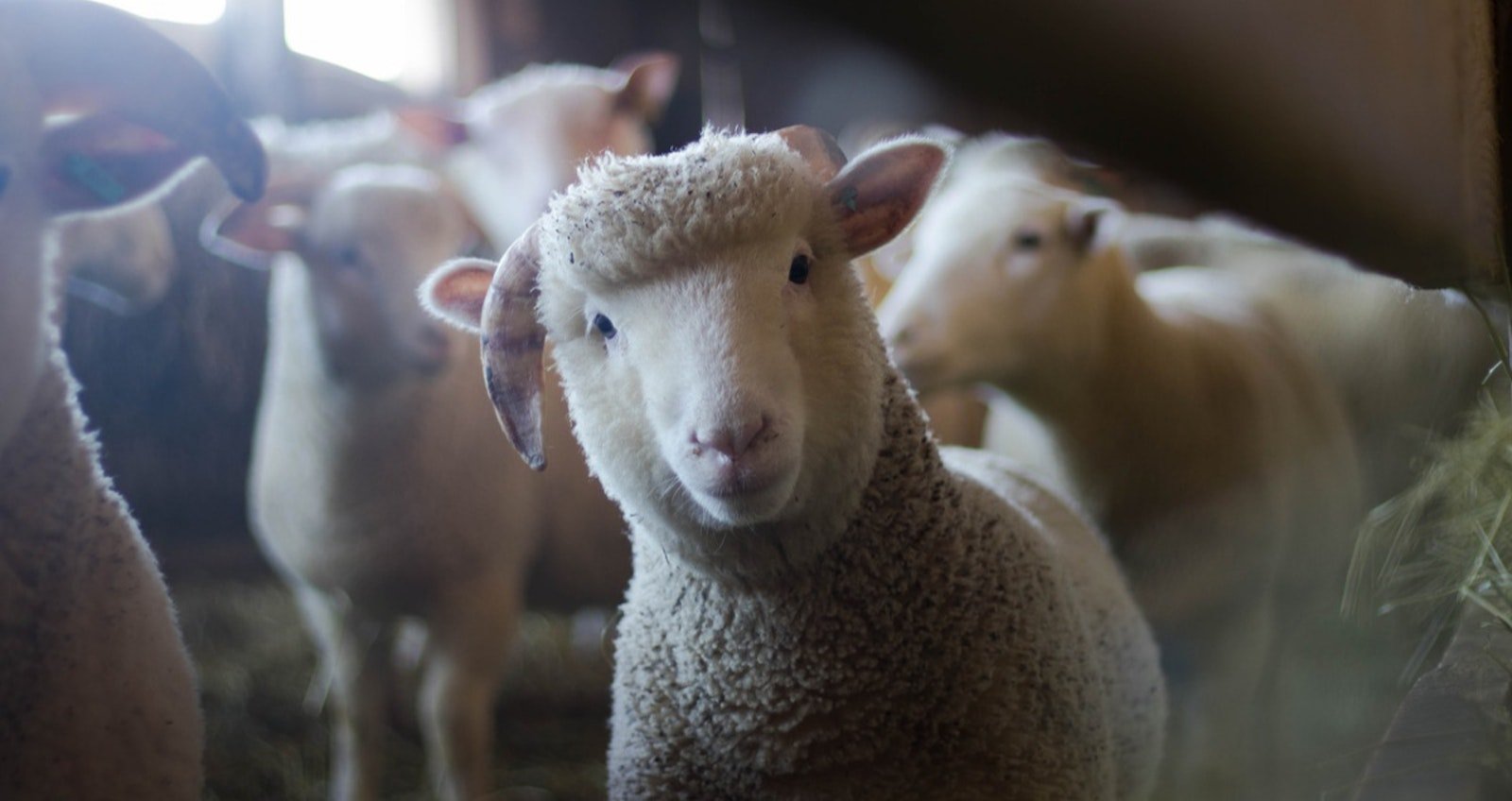I hit the jackpot in Christmas 1997 or 1998: my mother gave me a lace flyer for my spinning wheel, and my fiber dealer friends sent me a few ounces of superfine merino top—the perfect fiber for spinning laceweight yarn! And I had the perfect pattern in mind, too: back in the day, Spin Off published a booklet of sock patterns that has since gone out of print. I’d fallen in love with one of the cover projects, Jean Sherman’s Lacy Arrow-patterned Socks.
Within hours of unwrapping my new toys, I set up my wheel and got started. It took me some time and effort to get the lace flyer working properly. Threading was more complicated than with my other flyers, and it seemed impossible to set the Scotch tension low enough for drafting. Even the smallest whorl, with a 26:1 ratio, pulled yarn onto the bobbin at lightning speed. When a manufacturer labels its flyer “Very Fast,” they aren’t kidding!
I played around with tension and produced a lovely laceweight singles that was surprisingly consistent—clearly my spinning skills were improving, even with a new flyer! A recent disaster taught me to spin for both socks before I started knitting, so I worked up all the merino and set the twist. I checked my knitting gauge and proceeded to knit my first lace project from my handspun yarn. They turned out beautifully.
But—you knew there was a “but”—silly miscalculations marred this project. My default cast-on, the long-tail method, wasn’t stretchy enough, so I couldn’t pull the cuffs up over my heels without excessive tugging. I’d made another pair of socks I’d never wear!
Furthermore, I had used a very fine wool spun in a single-ply construction. Knitted socks usuall require tough yarn (unless they’re going on a baby): I should have made yarn with multiple plies, from a less delicate breed of wool. My pointy toenails of death would have destroyed this pair in hours. The wall was the safest place for my pretty lace socks. So they hang in my studio, reminding me to try new cast-ons and to plan yarns carefully, based on how I plan to use them.
Resources
I made these socks before Interweave began producing PDFs and digital downloads (YouTube didn’t even exist back then). Now I can solve my spinning problems, learn about sock yarns, and buy beautiful patterns within minutes. Thank you, Internet!
If you’re interested in handspun socks, Interweave offers a number of resources. Find essential advice and beautiful patterns in the eBooks Spin-Off Presents: Spin Your Socks and Spin-Off Presents: Spin Your Socks 2. Margaret Stove’s video Spinning for Lace remains a classic, especially for folks who want to work with raw fiber. And Beth Smith explores fine yarns for knitting, weaving, and needlework in Spin Thin: How to Spin Fine Yarns.
—Deb Gerish Editor, Love of Knitting




